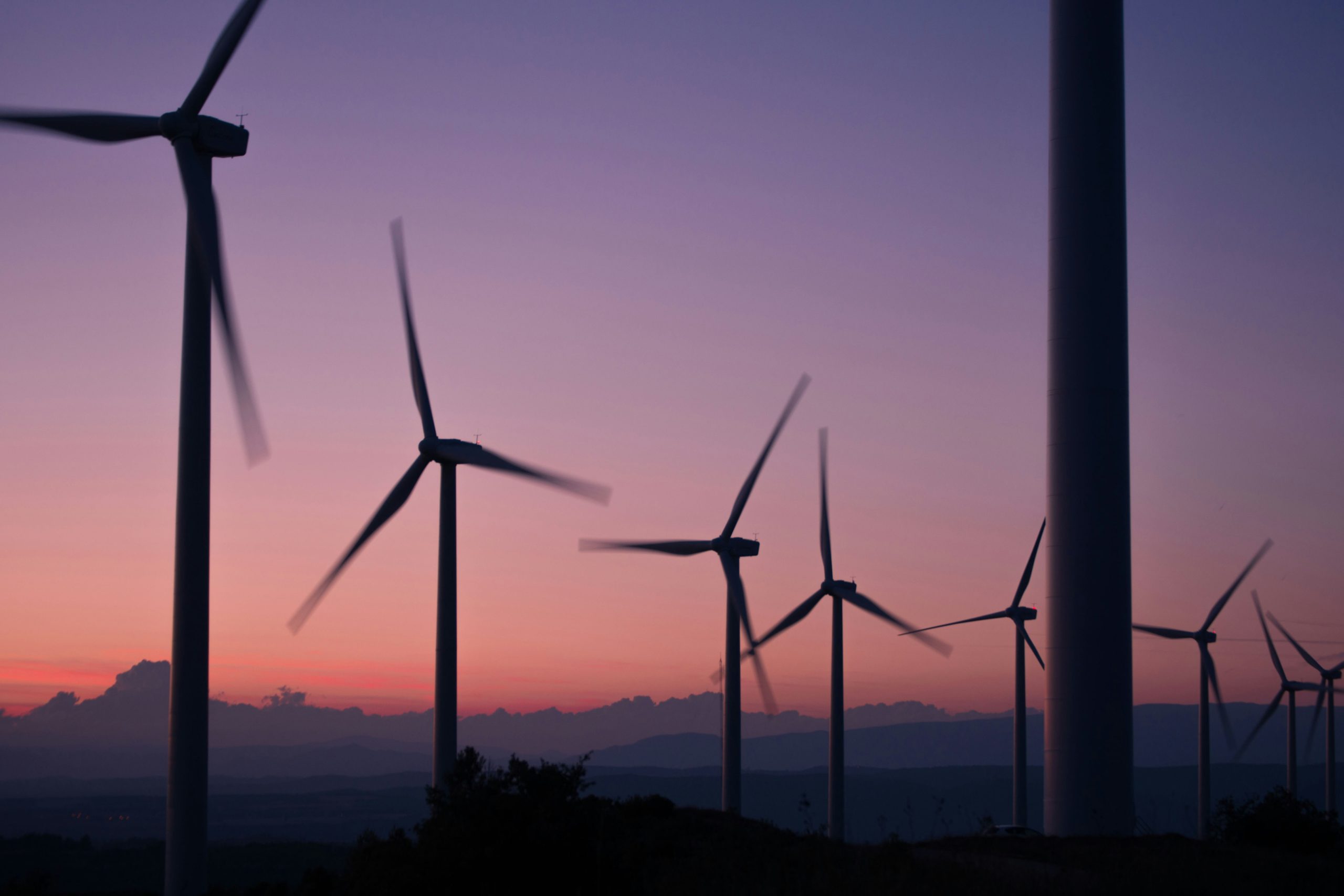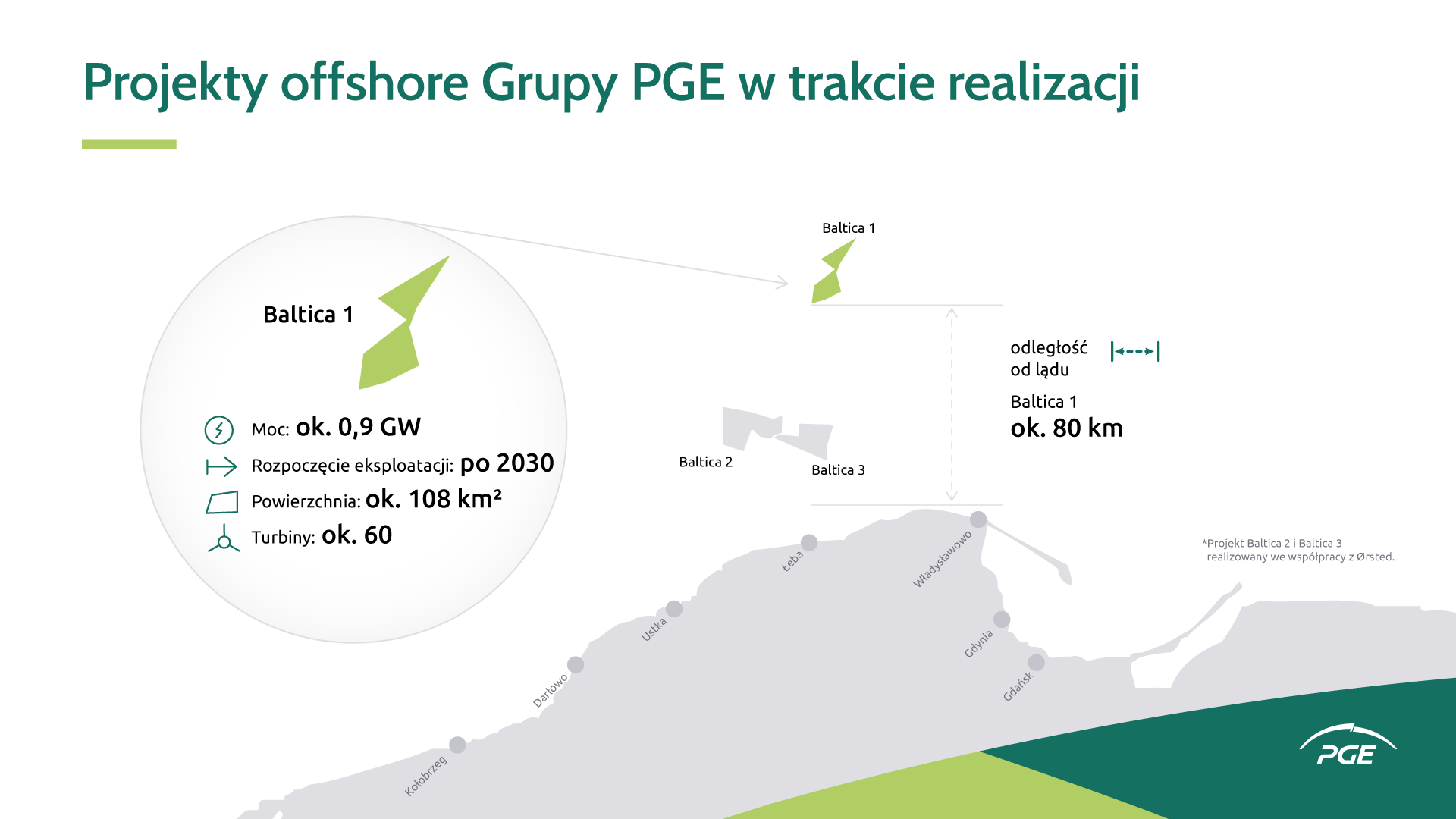Almost one-fifth of the electricity produced in the European Union now comes from wind power, as reported by Orlen Group on Saturday. June 15 marks World Wind Day.
“On World Wind Day, it’s worth noting that nearly one-fifth of the electricity produced in the European Union comes from wind. This share will increase further, thanks in part to the construction of the Baltic Power offshore wind farm, which will cover 3% of Poland’s electricity demand,” stated Orlen Group on platform X on Saturday.
W światowym dniu wiatru warto przypomnieć, że już prawie 1/5 energii elektrycznej produkowanej w Unii Europejskiej pochodzi z wiatru. Będzie jej jeszcze więcej, między innymi dzięki budowie morskiej farmy wiatrowej Baltic Power, która pokryje 3% zapotrzebowania Polski na energię… pic.twitter.com/5Yn9Ydy17U
— ORLEN (@GrupaORLEN) June 15, 2024
In a short video accompanying the post, the company recalled that 466 TWh, or 19 percent of all energy in the EU, is produced from wind. In Denmark it is 56 percent, in Ireland 36 percent, and in Poland last year it was about 13 percent.
The Baltic Power offshore wind farm with a capacity of about 1.2 GW, scheduled for completion in 2026, is a key component of Orlen Group’s energy transition and currently the region’s largest renewable energy investment under construction. Orlen Group currently has 15 onshore wind farms in operation – the largest number, six, in the West Pomeranian Voivodeship; the largest facility, with a capacity of 90 MW, is in Karścino.
Quoted on Friday on the website of the Ministry of Climate and Environment, the president of the National Environmental Protection and Water Management Fund, Dorota Zawadzka-Stępniak, noted that the efficiency of wind energy production depends on where the wind turbines are sited.
Global Wind Day has been celebrated since 2007. on the initiative of the European Wind Energy Association (EWEA) and the Global Wind Energy Council (GWEC), according to the Provincial Fund for Environmental Protection and Water Management in Lodz on its website.
Under favorable conditions, winds can rush up to 300 km/h. The official record is the wind speed, which came in 1996. on Australia’s Barrow Island and blew at 408 km/h.
Wind can affect people’s behavior – causing cardiac problems, disrupting concentration, causing irritability and even aggression. An example of such a wind is the halny that occurs in the Tatra Mountains, which brings a rapid change in weather, mainly air temperature and humidity, and is accompanied by an increase in positive ions in the air.
WFOŚIGW in Lodz reminds that winds and their speed, as well as the occurrence of jet currents, affect the maximum cruising speeds of aircraft. Wind can also cause a sharp change in temperature. An example of this is the “chinook” occurring in the Rocky Mountains – a warm, dry foehn-type wind that can bring several degrees of temperature rise in a matter of minutes – the record high is 27 degrees. C in 2 minutes recorded in Speaffish, South Dakota on January 22, 1943.
Source: PAP Business, Orlen













